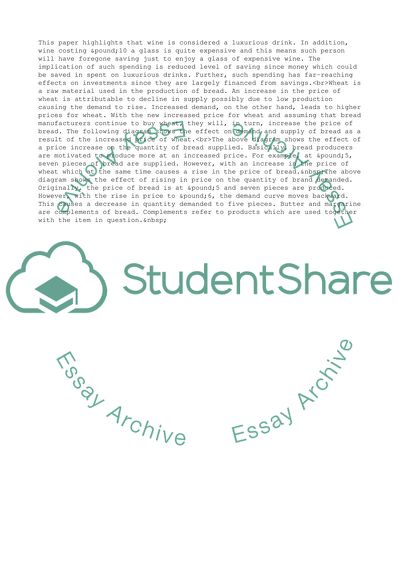Cite this document
(“Employed Person in Different Jobs Case Study Example | Topics and Well Written Essays - 3750 words - 1”, n.d.)
Retrieved from https://studentshare.org/management/1484575-short-answer-question-and-case-study
Retrieved from https://studentshare.org/management/1484575-short-answer-question-and-case-study
(Employed Person in Different Jobs Case Study Example | Topics and Well Written Essays - 3750 Words - 1)
https://studentshare.org/management/1484575-short-answer-question-and-case-study.
https://studentshare.org/management/1484575-short-answer-question-and-case-study.
“Employed Person in Different Jobs Case Study Example | Topics and Well Written Essays - 3750 Words - 1”, n.d. https://studentshare.org/management/1484575-short-answer-question-and-case-study.


